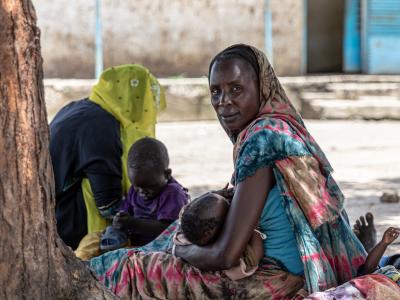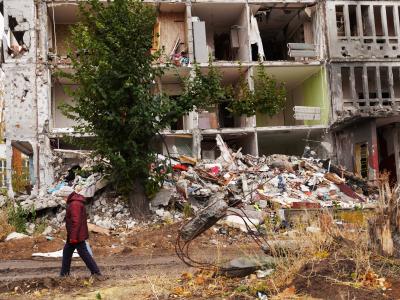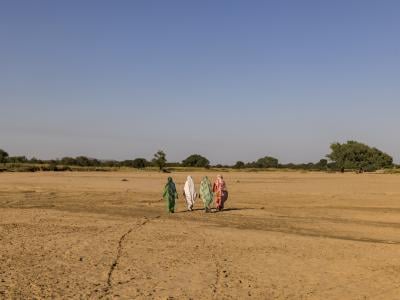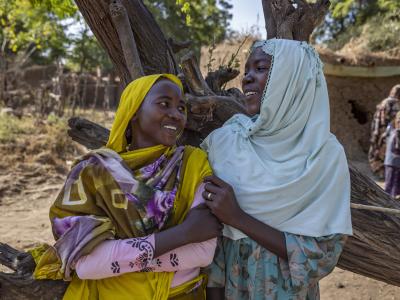Global financial needs amount to $284 million (-8% vs 2024 current budget)
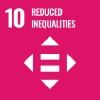
Despite record forced displacement, many States have still not acceded to key international agreements on refugees or statelessness, nor have they passed laws on internal displacement. In 2025, UNHCR will advocate for stronger legal frameworks in many countries, based on analysis of their laws and policies, and will provide advice on the interpretation of relevant international instruments, and assistance to States in their implementation.
Core Outcome Indicators

Extent national legal framework is in line with the 1951 Convention and/or its 1967 Protocol

Extent national legal framework is in line with the 1961 Convention on the Reduction of Statelessness
Core Output Indicators

Number of countries where UNHCR has engaged in legislative and judicial processes to strengthen laws and policies for the protection of refugees, IDPs, returnees and stateless people*
2024 Mid-year progress: 79 countries
Financial overview

